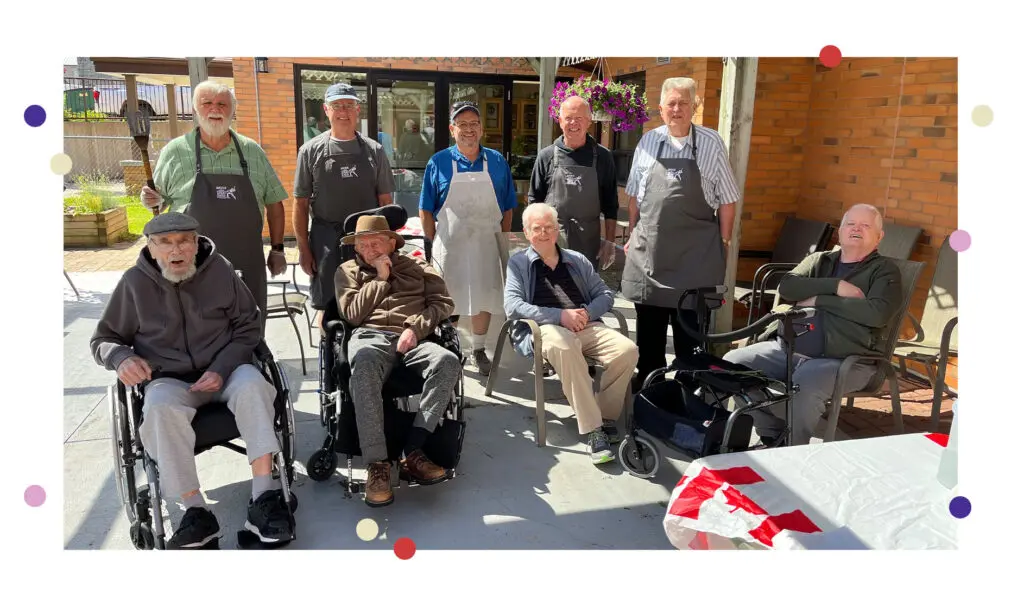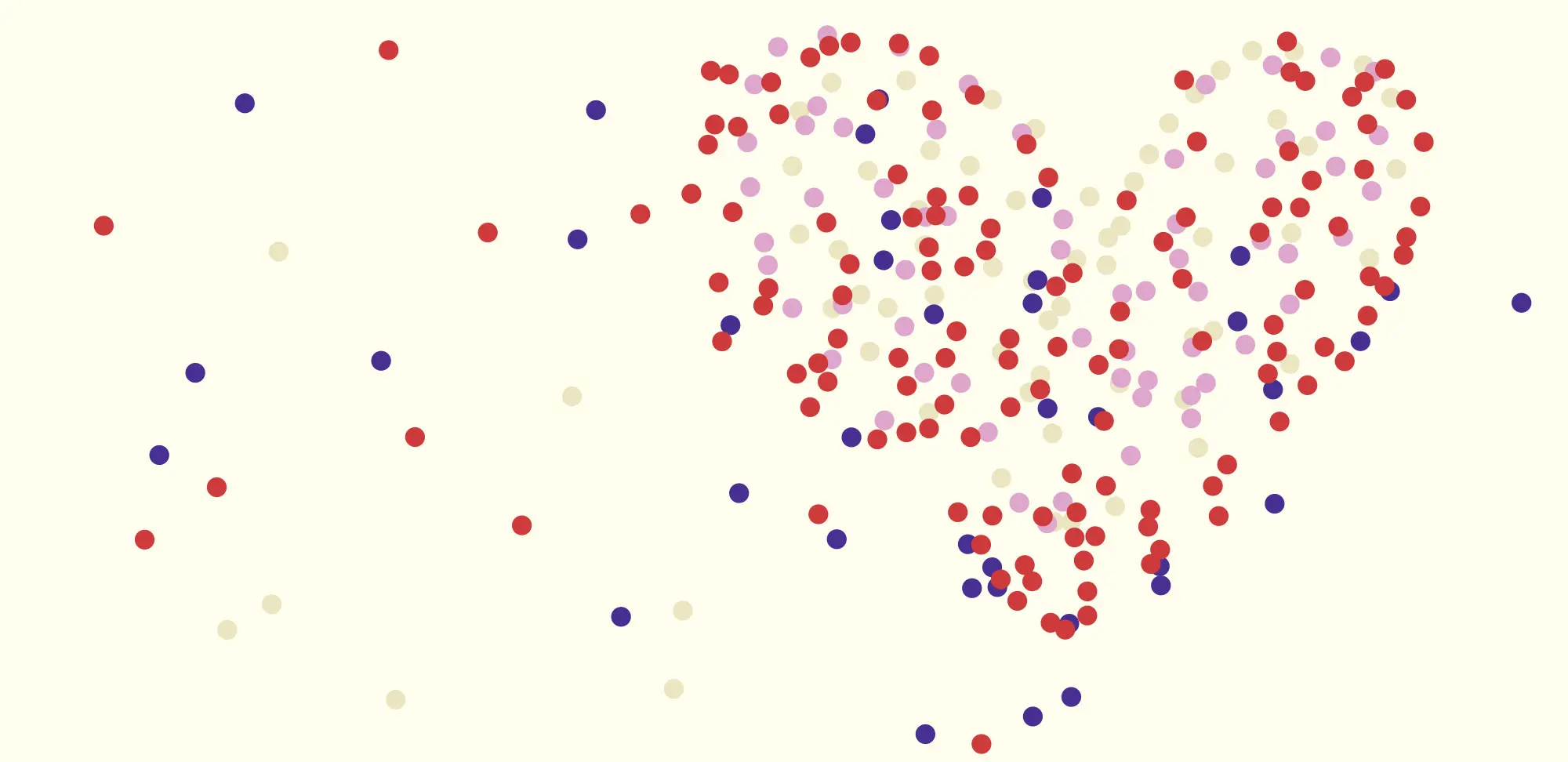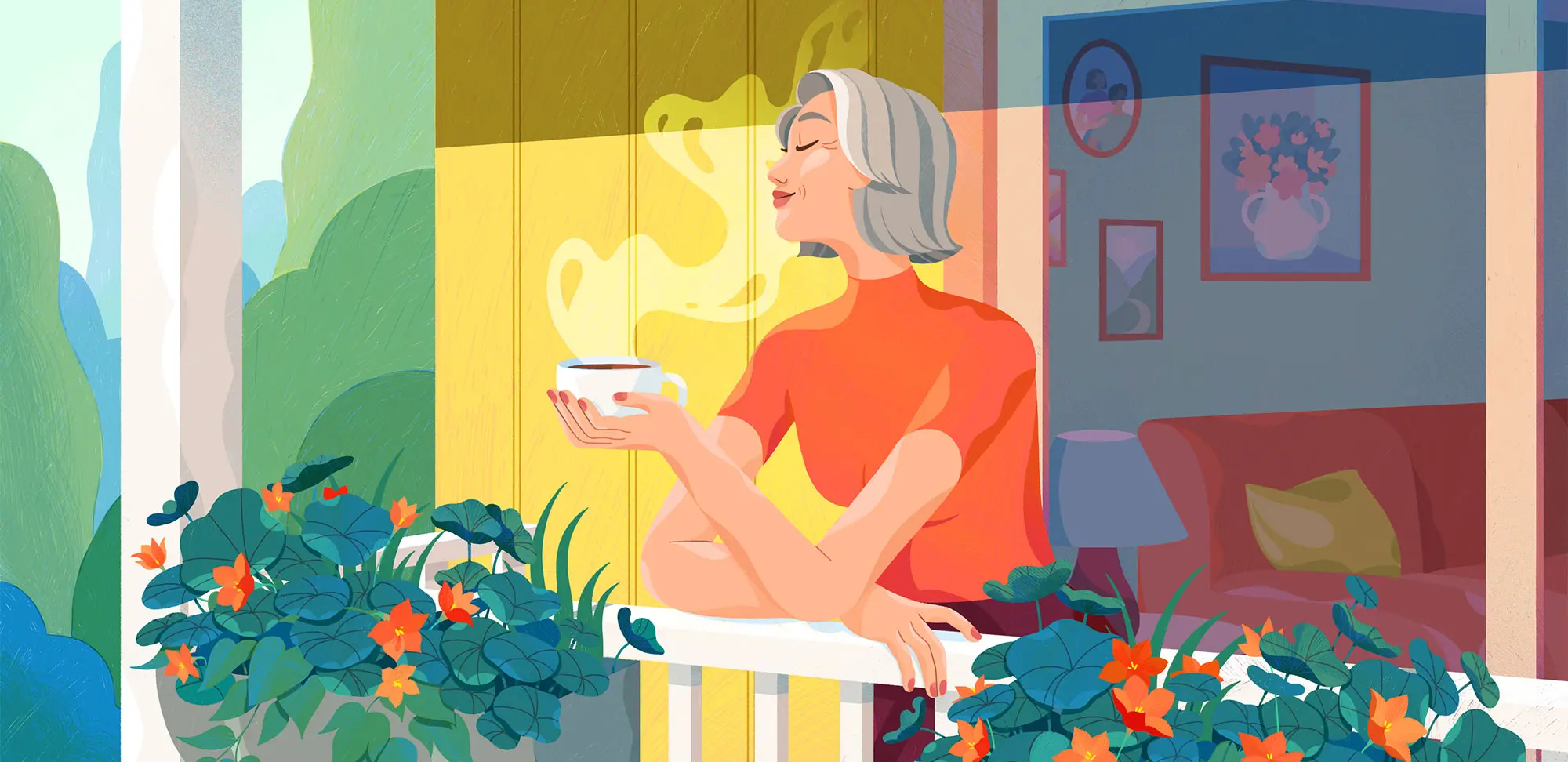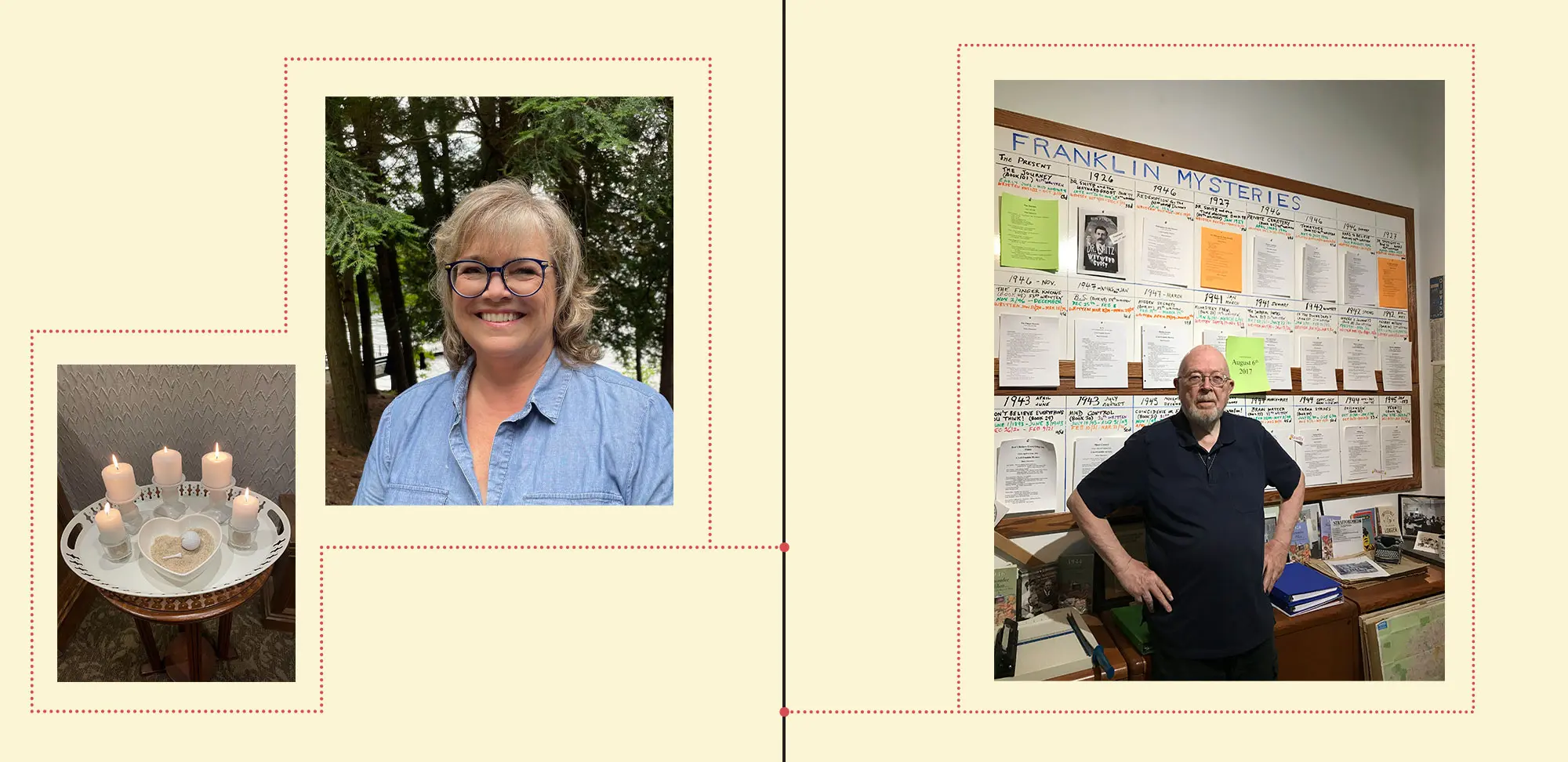What is a community? A location, like a city, town or neighbourhood? Or people who share something fundamental, like language, heritage, religion, culture or interests? Sure. But a community isn’t just a place or a group — it’s also a way of being.
The word “community” comes from the Latin “communitas” and “communitatem,” which refer to joint use or a fellowship. An early meaning, from the 14th century, centred on common possessions or enjoyment. More than being what we are, a community is what we do. It’s about building and growing together, making the changes that recognize the needs of us all.
Here’s how three RTOERO districts have turned that idea of community into action. One looked in its backyard to spur an effort that promotes well-being and combats isolation. Another helps female students abroad with one of their most basic needs. And a third supports students at home who’ve demonstrated social responsibility.
Together, they show the power of the collective, where engaging a community enriches a community.

Building social and community bonds
“Somewhere to go. Something to do. Someone to talk to.” That’s the motto of the Bruce Men’s Shed, an initiative that’s bringing together retired and other older men in a new social network.
The men’s-shed movement started in Australia and the United Kingdom and spread to Canada. It’s designed to help men develop new friendships, learn new skills and engage in community projects. Ultimately, that contributes to better mental health, says Sharron Colter, first vice president of District 10 Bruce, Grey, Dufferin, which made an RTOERO community grant to the program.
“After retirement, men seem to retreat. That’s a real concern,” she says. Without work, a daily opportunity for socializing disappears. That’s true for anyone, but men, more than women, tend to tie a big part of their identities to their careers. Women can become lonely too but, on average, have more close friends and larger networks to lean on.
A community like Bruce Peninsula in Ontario poses other challenges to socializing. It’s smaller, more rural and has seen many retirees moving in from larger cities, leaving behind their old support networks, as well as the family ties of their children and grandchildren. “This has been important on Bruce Peninsula,” Colter says. She’s well aware of the need through her involvements with the Grey Bruce Council on Aging (second VP) and the Northern Bruce Peninsula Community Support Advisory Action Committee (chair). She says that she was getting calls from women asking what kind of programs existed for their husbands to spur a renewed social life. “Men socialize differently. They’re very hands-on. They like projects, they like to be doing things,” Colter says.
The Bruce Men’s Shed has about 50 members who take part consistently, with others coming and going. They meet up regularly at a branch of the Royal Canadian Legion in Lion’s Head, which is located in Northern Bruce Peninsula, about halfway between Owen Sound and Tobermory. Other settings have hosted guest speakers.
“It has been amazing watching men come out of their shell and become more social.”
—Sharron Colter
Members have come together to fix up kitchen cupboards at a local community centre, make birdhouses for a seniors’ residence, and construct bat houses and wooden nest boxes for the non-profit Nature Conservancy of Canada. Smaller groups have taken up hobbies, like building scale models. And almost every week, members walk part of the Bruce Trail together.
The members of the Bruce Men’s Shed learn about the many programs or organizations on the Bruce Peninsula in need of volunteers, from the Bruce Trail to the Lion’s Head Library.
According to Men’s Sheds Canada, the concept can take on many forms — no actual shed required. Different groups offer drop-ins, volunteering, woodworking, cooking, gardening, mentoring and skill sharing, cultural events, home repairs, bike and auto repairs, and more. Every shed is independent. Its members decide where and how often to meet, and what to do.
UK figures show that regular participants in men’s sheds experienced a 75 per cent reduction in anxiety and an 89 per cent decrease in depression.
“It has been amazing watching men come out of their shell and become more social,” Colter says. “Many have talents and skills that they’re willing to share with the community.”
Whatever its nature, a men’s shed provides a safe and friendly environment where men can find new purpose, opportunities and interests, all while giving back to their communities. That strengthens their social bonds — and ultimately the community fabric.

Fighting back against period poverty
Thanks to an RTOERO community grant from District 37 Oxford, a group of 10 women get together twice a month to assemble kits that address a major yet often overlooked global health and equity issue, helping to make an impact on students half a world away in Uganda and South Sudan.
They’re the Woodstock chapter of the international non-profit Days for Girls, and through the end of 2024, they’ve produced about 1,000 kits.
In many parts of the world, girls often miss several days of school each month for an entirely avoidable reason: They lack access to what they need to manage their periods.
Days for Girls believes in a world where periods are never a problem. To that end, volunteer-led chapters worldwide assemble kits with flannel liners, cotton shields, a washcloth, a small bar of soap, underwear, a bag that carries it all, a card that explains how to use the kit and a card to track a menstrual cycle. As a core offering, Days for Girls developed a washable and reusable pad, allowing each kit to be used for up to three years.
A UNESCO report estimates that 10 per cent of girls in sub-Saharan Africa miss school during their menstrual cycles. In some countries, the rate is 50 per cent. Overall, Days for Girls says that 500 million girls are forced to miss school or work (and wages) because they lack adequate menstrual supplies. “That’s an astounding number,” says Linda Di Ianni, a past president of District 37 and co-chair of the local Days for Girls chapter. She has done presentations to service clubs and church groups to raise awareness around, and some funds to combat, the issue.
“More than being what we are, a community is what we do.”
Community efforts include a partnership with a Salvation Army thrift store in Norwich, to obtain some unsold goods to use in the kits. The chapter also has a relationship with the Upper Deck youth program in Norwich to help pack the kits, which are shipped abroad by World Vision Canada and by Canadian Economic Development Assistance for South Sudan.

To date, Days for Girls has reached more than three million girls, so they can continue to attend school with hygiene and dignity. Many girls either aren’t taught about menstruation or believe menstrual taboos and myths that make them feel ashamed of their bodies. So Days for Girls also aims to eliminate the stigma and offers training to help advocates deliver menstrual-health education.
The value of each kit is only about $20. Di Ianni says that modest investment reaps results that are profound for not only the recipients but also for their families and communities. “If you’re missing three or five or seven days of school a month, that has a residual effect,” she says. “Girls are dropping out of school, losing their dreams and ambition. Education is the key to reducing poverty, fostering social and economic development, and achieving gender equality.”

Supporting intergenerational ties
When Juanita Everett was 16 in the late 1960s, she worked as a sort of candy striper at a rehabilitation and long-term care facility in Toronto. There, she encountered a lot of older people who were residents or convalescing. She says they always appreciated her positive attitude. “I was perky!”
More than that, the seniors were grateful that a teenager was interested in helping them. “I listened and wasn’t judgmental. It was so rewarding,” Everett recalls.
Today, she’s secretary of District 20 Frontenac, Lennox & Addington, and under her presidency, District 20 launched a scholarship for secondary students who show a high degree of interest in and interaction with the senior community.











